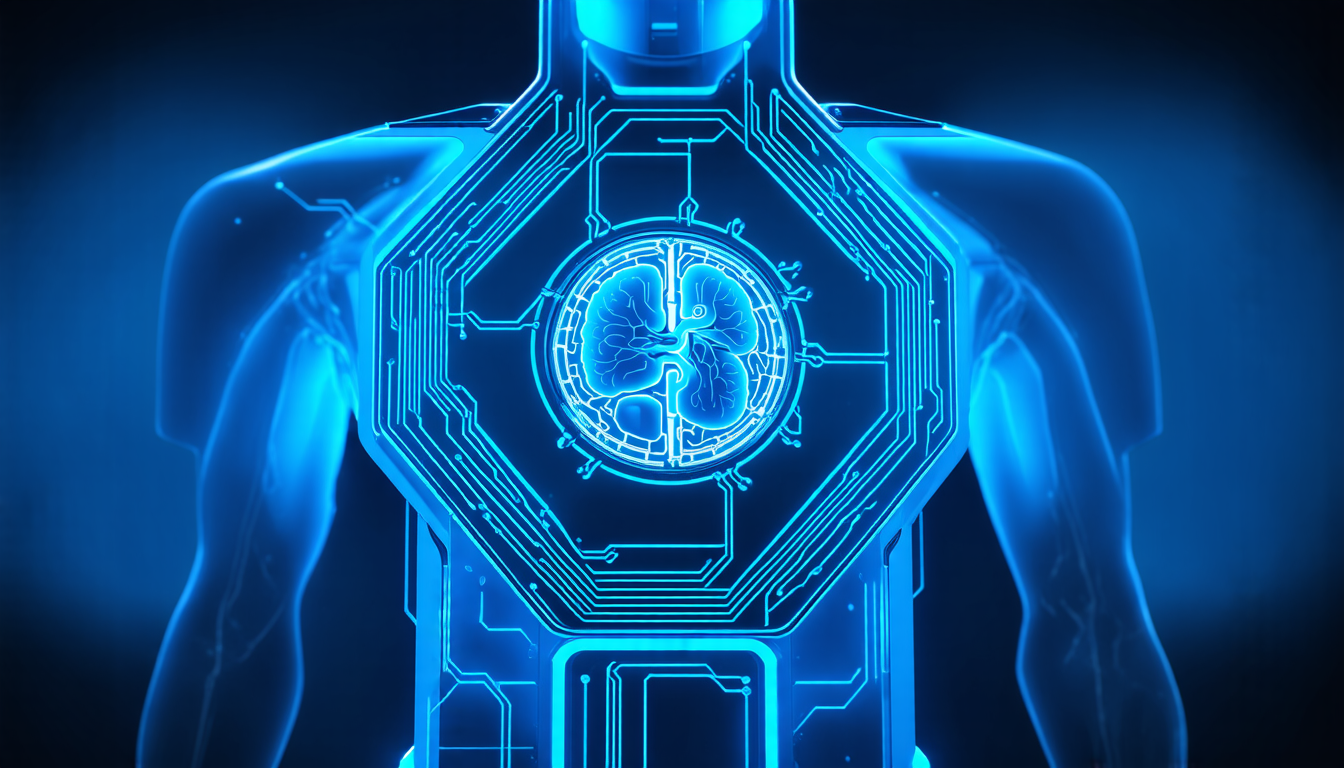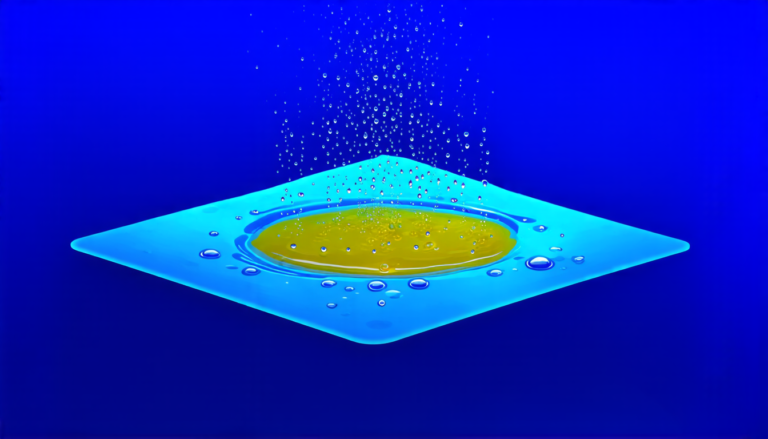Sunday 02 February 2025
The quest for a more efficient and advanced readout system for Positron Emission Tomography (PET) scanners has led researchers to develop a new ASIC, or Application-Specific Integrated Circuit, called PETAT. This innovative device aims to simplify the process of collecting data from a large number of electronic channels in PET scanners, making it possible to create more complex and detailed images of the body.
The current method of reading out data from PET scanners involves using multiple FPGAs, or Field-Programmable Gate Arrays, which require additional hardware components and are prone to errors. The new PETAT ASIC eliminates the need for these intermediate processing units by integrating more advanced readout functionality into each chip.
One key feature of PETAT is its hierarchical serial data readout system. Each chip can receive and decode data streams from other chips, allowing multiple chips to be connected in a chain without requiring additional hardware. This approach not only simplifies the data collection process but also reduces power consumption by minimizing the number of electronic channels needed.
Another innovative aspect of PETAT is its use of serial powering, which reduces power losses in long supply cables and minimizes the risk of voltage drops in the system. By connecting chips in a chain, each chip can draw current from the previous one, eliminating the need for separate power supplies and reducing heat dissipation.
The PETAT ASIC has been designed using 180nm technology and measures just 5x6mm2. The first prototype, PETAT1, has already been tested and has shown promising results. Future versions of the chip will include additional features and improvements to make it even more efficient and effective.
One potential application of PETAT is in total-body PET scanners, which aim to create detailed images of the entire body by combining data from multiple detectors. The new ASIC could enable these scanners to operate with higher sensitivity and resolution, providing doctors with more accurate information about the body’s internal structures and functions.
Overall, the development of PETAT represents a significant advancement in PET scanner technology, offering improved efficiency, reduced power consumption, and enhanced image quality. As researchers continue to refine and improve this innovative device, it may hold the key to unlocking new possibilities in medical imaging and diagnostics.
Cite this article: “Advances in PET Scanner Technology: Introducing PETAT”, The Science Archive, 2025.
Petat, Asic, Pet Scanner, Data Readout, Fpga, Field-Programmable Gate Array, Hierarchical Serial Data Readout, Serial Powering, Total-Body Pet, Medical Imaging, Diagnostics






